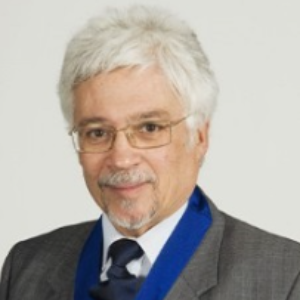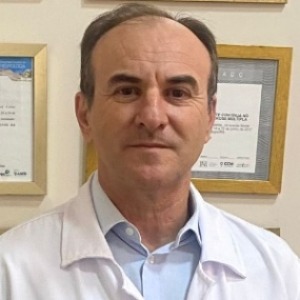Brain Pathology
Brain pathology is a branch of pathology that focuses specifically on diseases of the brain, including recognizable diseases such as stroke, Alzheimer's disease, and Parkinson's disease. It is a relatively new field of study, though there have been advancements in imaging techniques, such as magnetic resonance imaging (MRI) and computed tomography (CT) scans, that have greatly expanded its capabilities. Brain pathologists use these imaging techniques as well as autopsy and laboratory analyses to study and diagnose disorders and diseases of the brain. Brain pathology also seeks to answer questions about the effects of brain injuries caused by trauma, as well as the pathology associated with neurodegenerative diseases. It has been involved in research demonstrating the presence of various methodologies and strategies for prevention, diagnosis, and treatment that initially seemed obscure or unconventional. Brain pathology involves the study of physiological processes and the cellular and molecular events that underlie diseases of the brain. It seeks to understand the complex functional dynamics of the nervous system and the effects of neuron deterioration on behavior and the progression of disease. Different components of the brain such as neurons, glia, and oligodendrocytes, can be studied in detail to gain an understanding of their relationships and their role in normal functioning. Brain pathology works to understand the differences between normality and different diseases. It can be used to compare the neural pathways of a normal brain with the neural pathways of a brain affected by disease. By looking at how and why different diseases affect the brain, brain pathology can provide insight into the cause, progression, and treatment of the disorders, as well as improve our understanding of the potential interventions or therapies that can be used to prevent or reverse its effects. Brain pathology is an ever-evolving field of study, as new technologies allow for more detailed examinations of the brain and its diseases. This is important, as the understanding of brain diseases will become even more important as humans continue to face an aging population. With the help of brain pathology, more information is being gained about these diseases and more treatments are being developed to slow their progression.

Ken Ware
NeuroPhysics Therapy Institute, Australia
Robert B Slocum
University of Kentucky HealthCare, United States
Yong Xiao Wang
Albany Medical College, United States
W S El Masri
Keele University, United Kingdom
Jaqueline Tuppen
COGS Club, United Kingdom
Milton Cesar Rodrigues Medeiros
Hospital Santa Casa de Arapongas, Brazil




Title : Perception and individuality in patient cases identifying the ongoing evolution of Myalgic Encephalomyelitis/Chronic Fatigue Syndrome (ME/CFS)
Ken Ware, NeuroPhysics Therapy Institute, Australia
Title : Narrative medicine: A communication therapy for the communication disorder of Functional Seizures (FS) [also known as Psychogenic Non-Epileptic Seizures (PNES)]
Robert B Slocum, University of Kentucky HealthCare, United States
Title : Rabies: Challenges in taming the beast
Alan C Jackson, University of Calgary, Canada
Title : Neuro sensorium
Luiz Moutinho, University of Suffolk, United Kingdom
Title : Traumatic Spinal Cord Injuries (tSCI) - Are the radiologically based “advances” in the management of the injured spine evidence-based?
W S El Masri, Keele University, United Kingdom
Title : Personalized and Precision Medicine (PPM), as a unique healthcare model through biodesign-driven biotech and biopharma, translational applications, and neurology-related biomarketing to secure human healthcare and biosafety
Sergey Victorovich Suchkov, N.D. Zelinskii Institute for Organic Chemistry of the Russian Academy of Sciences, Russian Federation